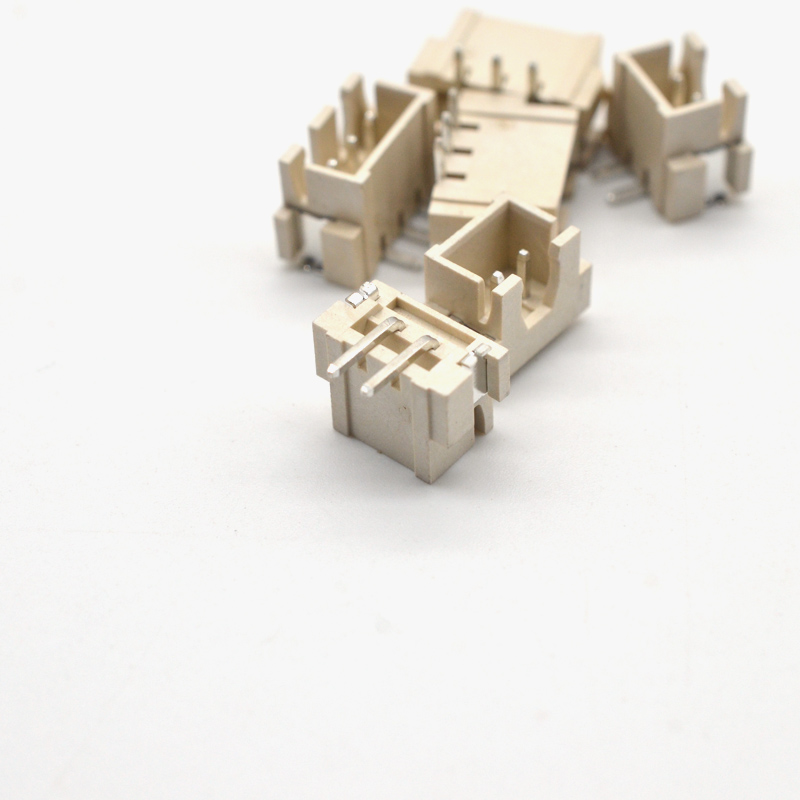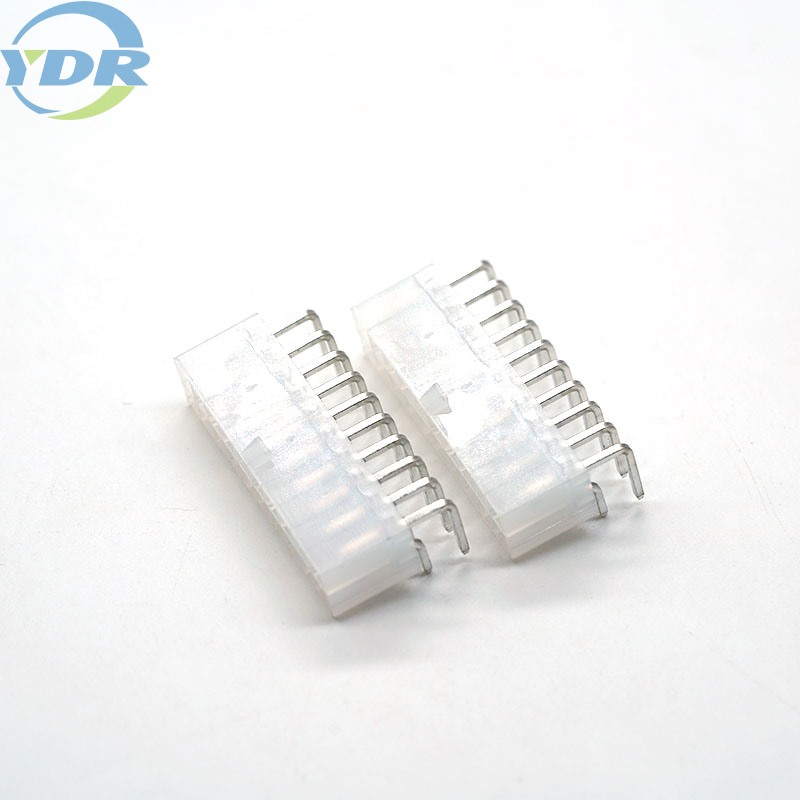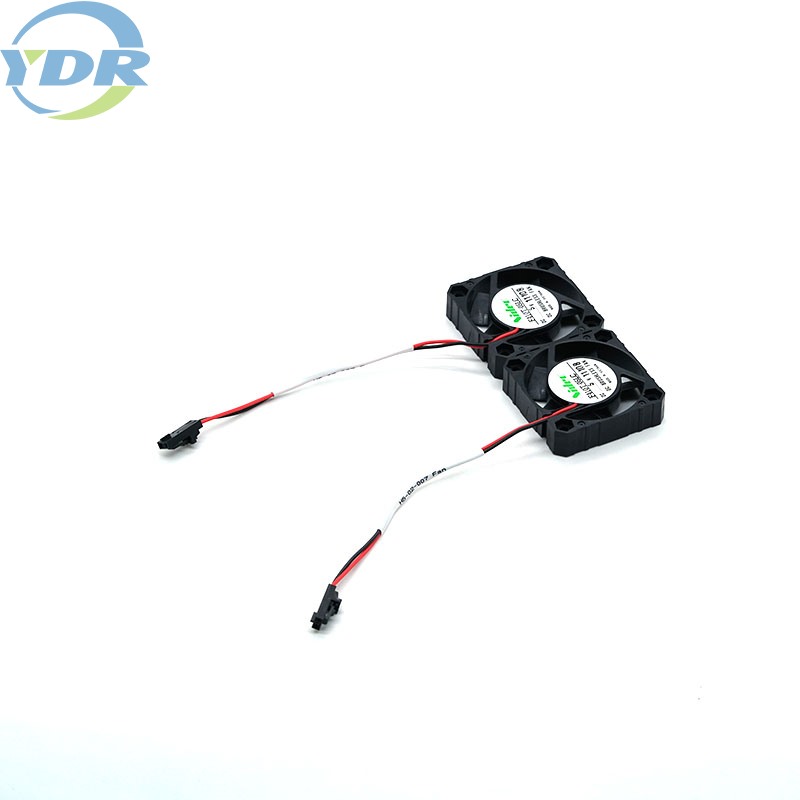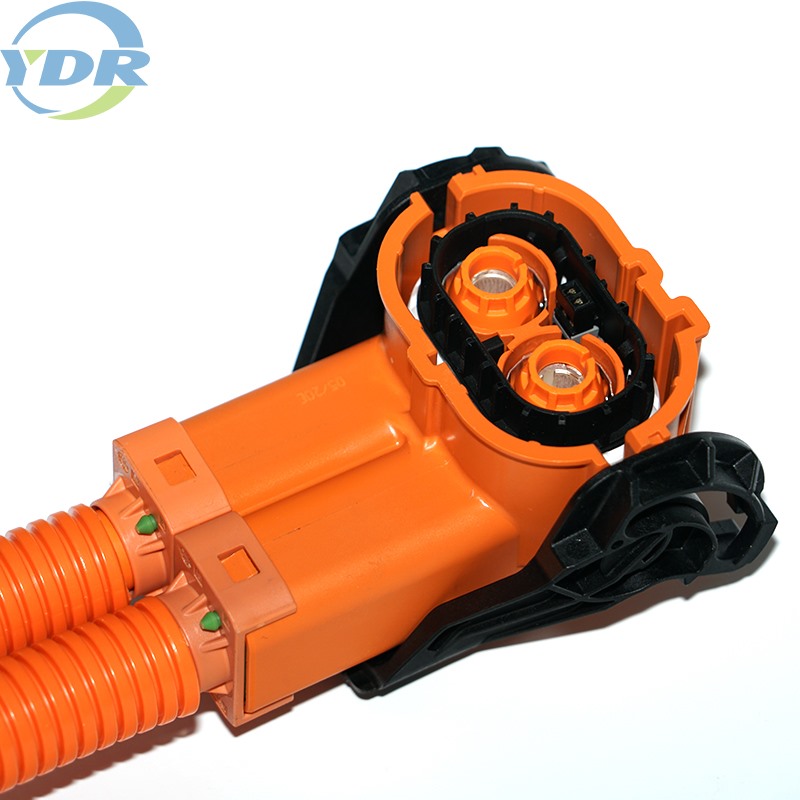Tilslutningsmetode for industrielstik
Industrial stiks are also called stiks and plugs. Its function is to connect two active components and act as a current and signal transmission function. With the changes in the application environment, stiks har afledt en lang række tilslutningsmetoder, er formålet bedre at tilpasse sig scenemiljøet og sikre stabil signaloverførsel.
1. Gevindforbindelse
Dette er den traditionelle forbindelsesmetode, og det vil være nyttigt at arbejde i nogle større komponenter eller i et miljø med stærk vibration. Fordelen ved denne type tilslutning er, at den er pålidelig i brug, og kablet er fastgjort af friktion af møtrik og gear. Hvis du tilføjer en sikring for at forhindre, at den løsner, bliver effekten bedre. Ulempen er, at demonteringshastigheden er relativt langsom, og det tager lidt elektricitet at trække tråden tilbage, hvilket er tidskrævende.
2. Bajonettilslutning
Dette er en forbindelsesformular, der hurtigt kan oprette forbindelse og afbryde forbindelsen. Det bruges ofte til at forbinde to enkle elektriske komponenter.Stikthat are connected by a snap-in type will mark the correct snap-locking direction at the buckle. The user can observe whether the buckle is installed in the small hole on the side of the stik nut.
3. Stikforbindelse
The plug-in connection method is a commonly used connection method. The plug and socket of the stik can be connected and separated by moving in the horizontal direction. No twisting and optional installation are required, and the connection can be completed in a short time. And separation. The common plug connection has two structures: ball and pin. This connection method saves the traditional mechanical locking mechanism, so once the stik is inserted by mistake, it is very difficult to pull it out.
4. Skabstilslutning
Det er baseret på den elektriske tilslutningsmetode, der er tæt på rammen og skal være blindt forbundet med udstyret. Ved hjælp af denne metode kan det elektriske udstyr blive meget let og lille. Hver enhed kan arbejde uafhængigt af hinanden, hvilket er lettere at vedligeholde og har større pålidelighed. Da operatøren af denne forbindelsestilstand ikke kan opfatte forbindelsen, skal der være en nøjagtig positioneringsenhed til at hjælpe med en problemfri forbindelse. Brug normalt flydende kontakt eller fjederdesign for at sikre den korrekte forbindelse.
5. Loddetilslutning
Soldering connection refers to the formation of continuous metal between the solder and the surface to be soldered. Therefore, the prerequisite for the stik is to have solderability. The common plating on the soldering end of the stik includes metals such as tin alloy, silver and gold. The reed type contact has the welding piece type, the punching welding piece type and the notched welding piece type for the common welding end: the pinhole contact has a drilling arc notch for the common welding end.
6. Pierce forbindelsen
Piercingforbindelse kaldes også isolationsforskydningsforbindelse. Det har egenskaberne høj pålidelighed, lave omkostninger og praktisk brug. Det har været meget udbredt istiks in the printing industry. It is suitable for interconnection between ribbon cables. It is not necessary to puncture the insulation layer of the cable when connecting. The tip of the "U"-shaped contact spring of the stik is used to pierce the insulation layer, so that the conductor of the cable slides into the concave groove of the stik and is fixed, so that the cable and The stikser i tæt kontakt.

 English
English  Español
Español  Português
Português  русский
русский  Français
Français  日本語
日本語  Deutsch
Deutsch  tiếng Việt
tiếng Việt  Italiano
Italiano  Nederlands
Nederlands  ภาษาไทย
ภาษาไทย  Polski
Polski  한국어
한국어  Svenska
Svenska  magyar
magyar  Malay
Malay  বাংলা ভাষার
বাংলা ভাষার  Dansk
Dansk  Suomi
Suomi  हिन्दी
हिन्दी  Pilipino
Pilipino  Türkçe
Türkçe  Gaeilge
Gaeilge  العربية
العربية  Indonesia
Indonesia  Norsk
Norsk  تمل
تمل  český
český  ελληνικά
ελληνικά  український
український  Javanese
Javanese  فارسی
فارسی  தமிழ்
தமிழ்  తెలుగు
తెలుగు  नेपाली
नेपाली  Burmese
Burmese  български
български  ລາວ
ລາວ  Latine
Latine  Қазақша
Қазақша  Euskal
Euskal  Azərbaycan
Azərbaycan  Slovenský jazyk
Slovenský jazyk  Македонски
Македонски  Lietuvos
Lietuvos  Eesti Keel
Eesti Keel  Română
Română  Slovenski
Slovenski  मराठी
मराठी  Srpski језик
Srpski језик 





